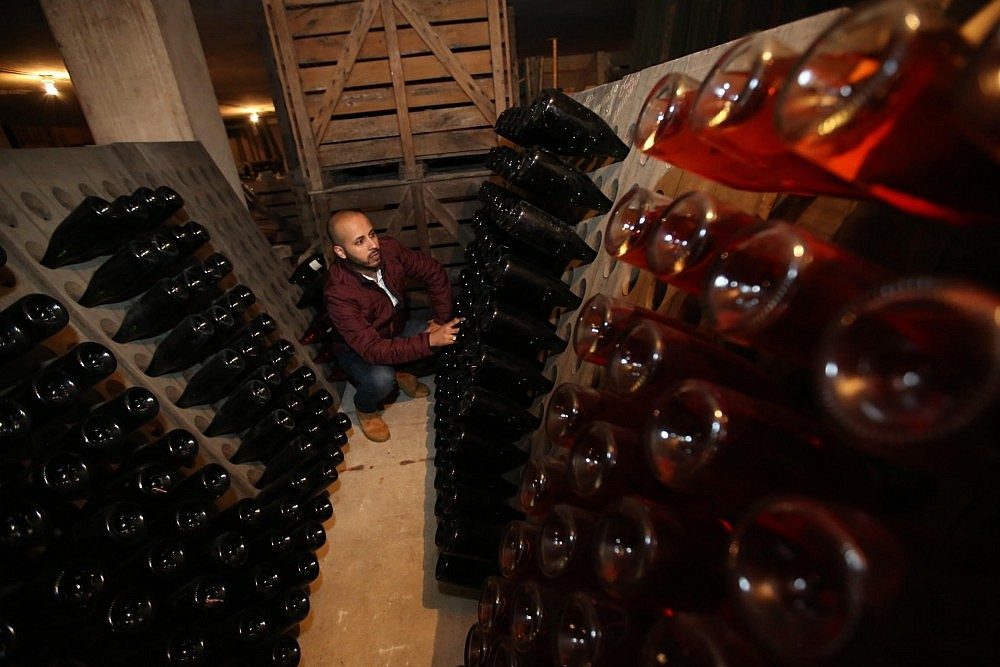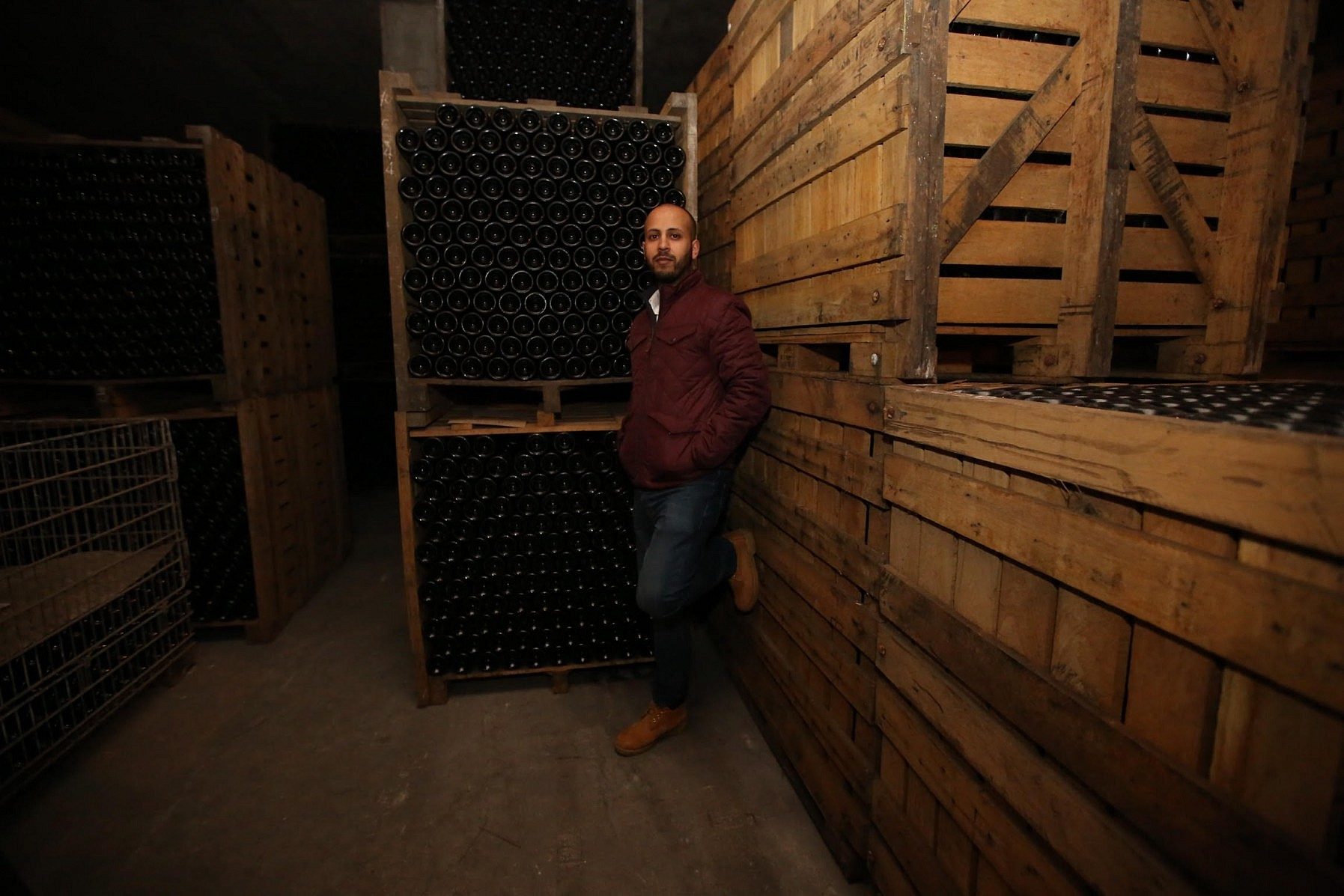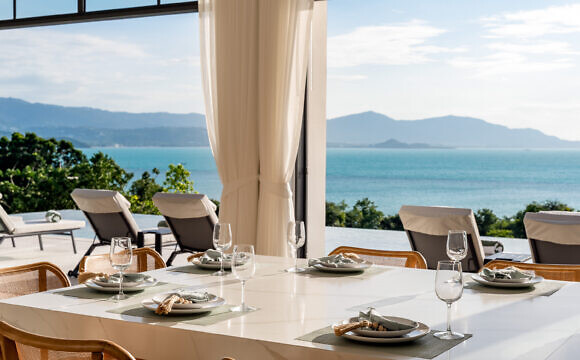Champagne. A Contrived Necessity?

When celebration takes place it is usually accompanied with expensive champagne, but what is it that makes champagne expensive? In this article, we will explore the growing demand, pricing, brand power and necessity of Champagne.
Growing Demand.
Statistics show champagne sales increase yearly, the past two years saw a total of over 300 million bottles being exported out of France. Where is it all going you might ask. In comparison, sparkling wine leads the way in the US and overtakes champagne sales by far, so let’s take a closer look to home. For the past two years the UK has led the way being the largest importer of champagne, driven by solid demand. Previous years saw other country’s take the lead. In 2012 an unsuspected shift in global consumption occurred, where Nigeria was recorded as the world’s largest consumer of champagne for that year. This tells us when a country’s economy strives, the champagne flows.
The Million Dollar Bottle.
In 2013 global viral news spread, that I had produced and sold the world’s most expensive champagne bottle at an incredible $1.9 million dollars (฿63 million). The news caused a mounting backlash against the luxury sector from other champagne producers and brands. Those that held a concern had to be careful not to shoot themselves in the foot, as they were also producing and selling expensive champagne. To what degree could they speak out on this matter without contradicting themselves? The concerns were quickly silenced, mainly because the industry realised it was this type of attention that assisted sales in the champagne industry overall, so it was to their benefit not to cause controversy on this topic. Did this open the doors for champagne producers to take bolder risks in their marketing techniques? Which in turn would create a demand for a product that we think we need. How could this treat for the elite be justified at the tail end of a recession, which leads to the title question, is champagne a contrived necessity?
Brand Power.
Several factors contribute to the charm that surrounds champagne, one being is the soil where it is grown. By law, labelling a sparkling wine as champagne confirms the grapes have been grown in the Champagne region in France, which is positioned geographically two hours south from Paris. The region is known for its optimum soil conditions for growing grapes. It is this exclusivity that makes champagne a high priced product compared to other sparkling wines from around the world. It is also this exclusivity, which champagne producers use to push the boundaries on the luxury stature, which allows them to further drive their prices up whilst adding an array of other production facts that justify the premium price.
The Necessity.
So what if it is a contrived necessity, it’s facts like these that keeps the magic and bubbles in champagne. The romance in the story of a brand and charm behind it, is just as important as the product being consumed. It’s so well embedded in our ways we welcome it. Where would James Bond be without his bottle of champagne? Champagne serves much more than just a celebratory favourite, it’s a conversation starter, it’s a catwalk accessory and most of all it’s empowering! Now head to your chiller, grab your best and pop!








